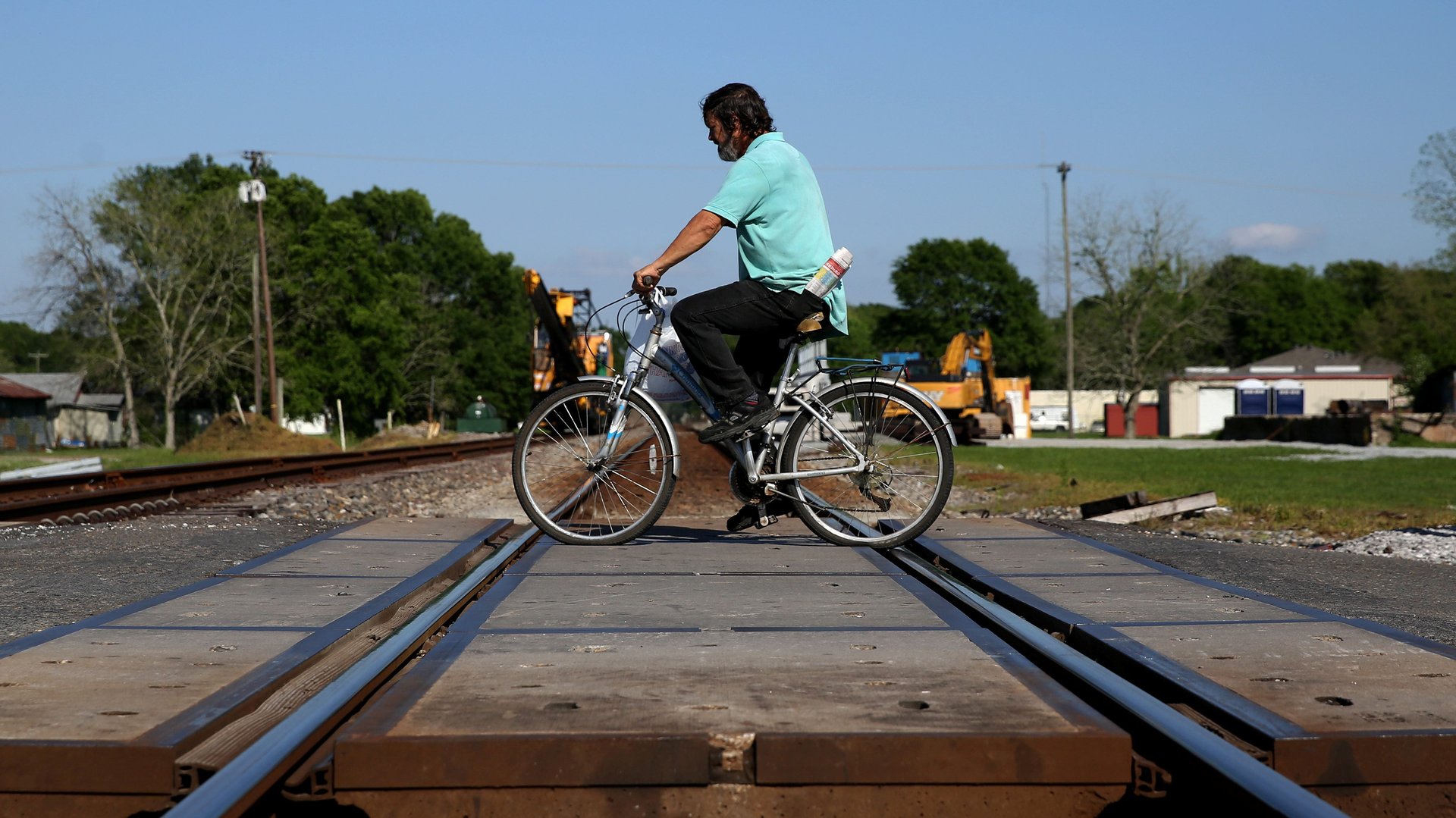The US counties most vulnerable to Covid-19 are disproportionately Black and Hispanic
Even as the US prepares to reopen from lockdown, the coronavirus pandemic is far from over in the country. But its impact depends a great deal on geography.


Even as the US prepares to reopen from lockdown, the coronavirus pandemic is far from over in the country. But its impact depends a great deal on geography.
There are significant differences between and within states, not just in the number of cases but in their severity and in the overall vulnerability of their populations to coronavirus outbreaks.
New research published this week by the Surgo Foundation, an organization that develops interventions to address social issues, accounted for some of these differences, assessing the vulnerability to coronavirus within US states, counties, and even down to the census tract level and compiled it in the Covid-19 Community Vulnerability Index.
The index describes the ability of a community to react to coronavirus outbreaks, rather than their risk of infection; more vulnerability means that, once an area experienced an outbreak, it would last longer, be deadlier, and harder to contain.
The index was built starting with the Centers for Disease Control and Prevention’s Social Vulnerability Index (SVI), an indicator of community vulnerability to crises based on a combination of four factors: socioeconomic status, household composition and disabilities, minority status and language, and housing type and transportation. To make the index Covid-19 specific, the researchers then added epidemiological factors, such as the prevalence of pre-existing health conditions, and health system factors (like the number of hospital and intensive care unit beds per capita), that make a community specifically vulnerable to coronavirus.
The index ranks the communities on a scale of 0 to 1—where 0 is the least vulnerable and 1 is the most vulnerable:
According to the index, the 10 most vulnerable counties are all in Southern states: Five are in Texas, two are in Georgia, two are in Florida, and two are in Mississippi. These are all rural counties, and are vulnerable for various reasons: Dimmit County, in southern Texas, for instance, doesn’t have an abnormally unhealthy population, but fares poorly under other aspects, particularly when it comes to factors like the presence of elderly and disabled persons. Quitman County in southwest Georgia, on the other hand, is relatively fine when it comes to housing and transportation, but has a population that faces other health issues.
These are also all counties where the Hispanic or Black population is disproportionately represented; in all of the Texas counties on the list, the population is overwhelmingly Hispanic.
While the areas of high vulnerability are both rural and urban—New York City’s Bronx, for instance, is amongst the most vulnerable—rural communities are more likely to lack access to testing and treatment.
Rural Black Americans are particularly at risk. Nearly 1.3 million Black Americans (or 35% of the overall rural Black population) live in highly vulnerable areas that are “testing deserts” without access to tests, and 7.8% of the rural Blacks are in areas that aren’t just highly vulnerable and have no access to testing, but are already experiencing increased fatalities due to coronavirus (overall, only 2.8% of rural population is in the same situation).
The reasons why areas are vulnerable vary. “We see a lot of variation in vulnerability around the country,” said Sema Sgaier, Surgo Foundation’s founder and a professor at Harvard’s School of Public Health. “We also see a lot of variation in terms of what makes a community vulnerable.”
While the research on Covid-19 is still too recent to be able to give weighted impact to the different factors, the index still allows public health experts and policymakers to identify what specific factors need to be addressed locally—alongside broader interventions such as widespread, consistent testing and tracking—for each community in order to reduce its vulnerability.